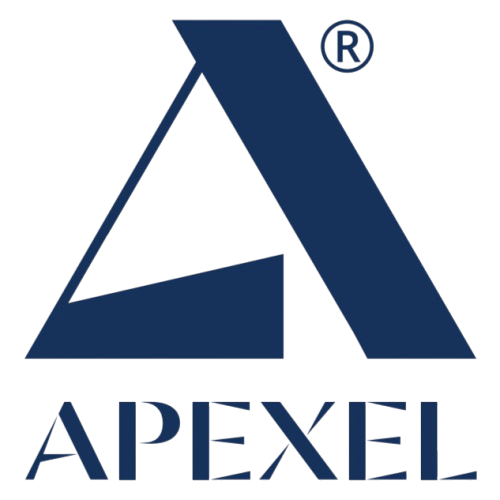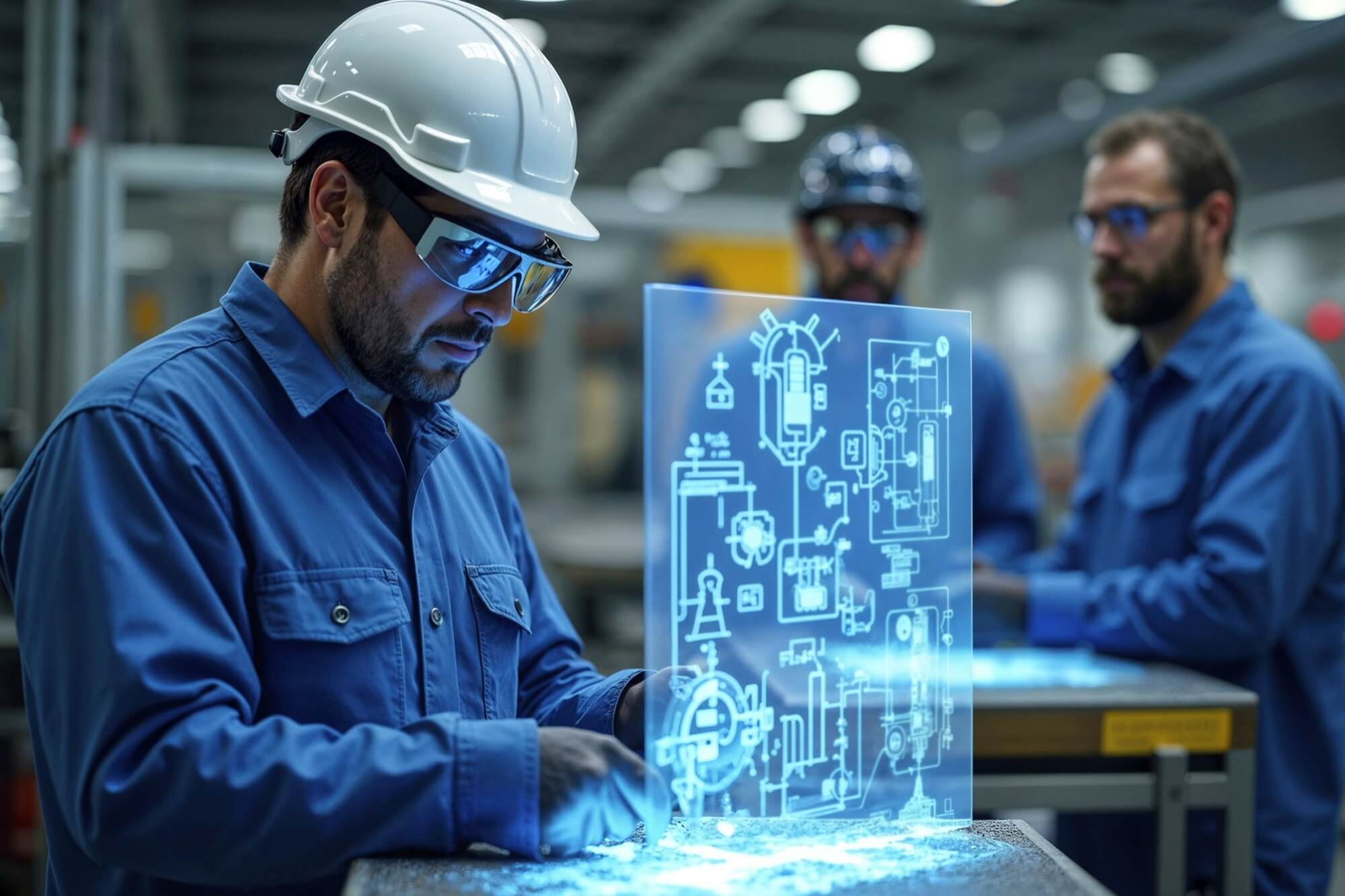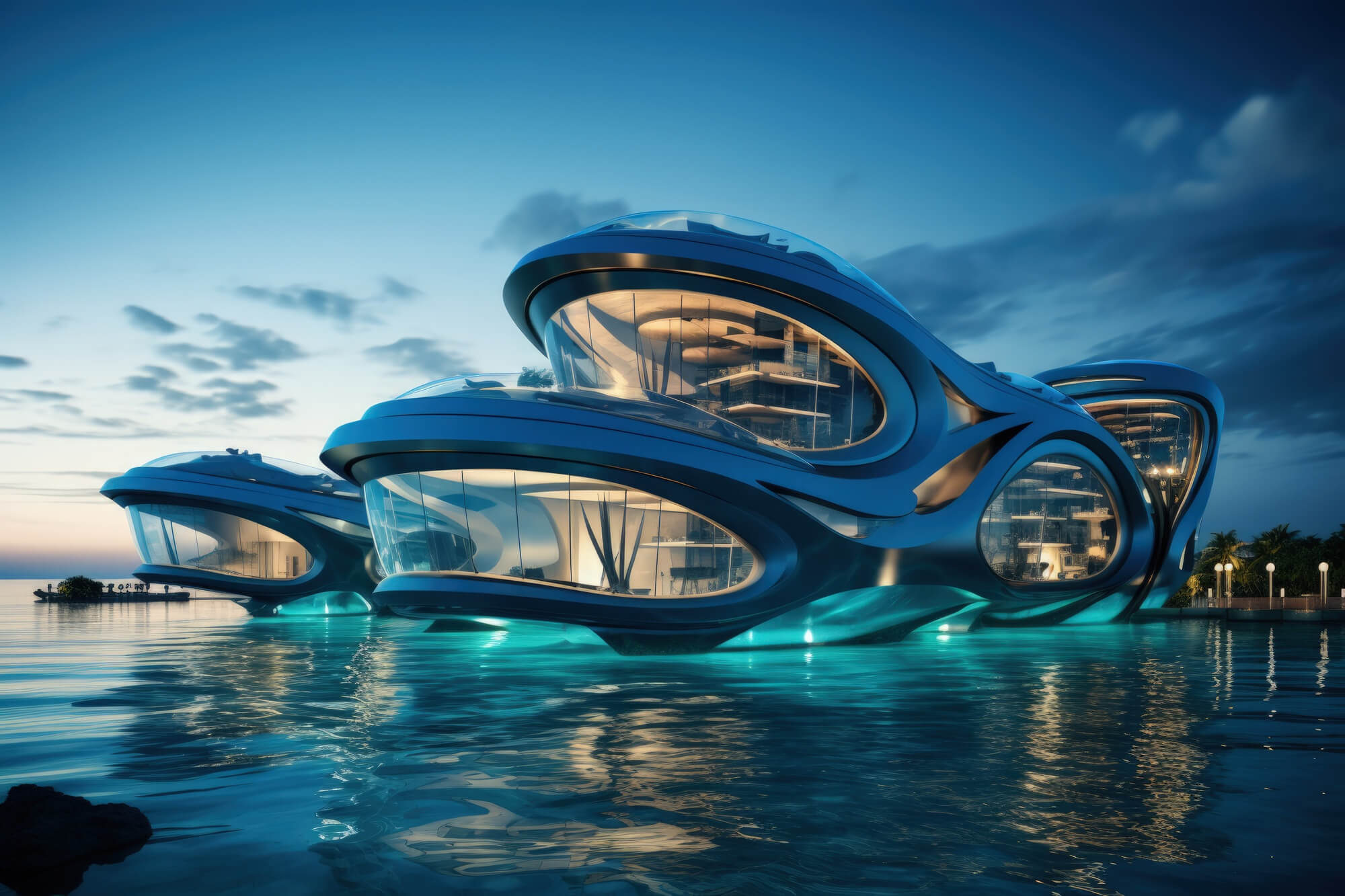MEP (Mechanical, Electrical, and Plumbing) engineering is a critical component in designing energy-efficient buildings. With the growing demand for sustainable construction, MEP engineering is evolving to incorporate advanced technologies that optimize resource use, reduce energy consumption, and enhance indoor environmental quality.
Understanding MEP Engineering
MEP engineering focuses on designing building systems that ensure comfort, safety, and efficiency. These systems include HVAC (Heating, Ventilation, and Air Conditioning), electrical power distribution, lighting, plumbing, and fire protection.
How MEP Engineering Enhances Energy Efficiency
- HVAC System Optimization: Properly designed HVAC systems reduce energy wastage, improving thermal comfort while lowering operational costs.
- Smart Lighting Solutions: Implementing energy-efficient LED lighting, daylight harvesting, and automated controls can significantly reduce electricity consumption.
- Water Conservation Strategies: Sustainable plumbing design, including greywater recycling and low-flow fixtures, minimizes water usage.
- Integration with BIM Technology: BIM services enhance the efficiency of MEP engineering by improving coordination, reducing clashes, and optimizing space utilization.
- Renewable Energy Integration: MEP engineers play a crucial role in incorporating solar panels, wind energy, and other renewable energy sources into building designs.
- Fire Protection and Life Safety: Advanced MEP engineering ensures compliance with safety regulations while maintaining energy-efficient designs.
The Future of MEP Engineering
With the rise of green building certifications like LEED and the increasing demand for sustainable construction, MEP engineering will continue to be at the forefront of innovation. By adopting new technologies and best practices, MEP engineers can contribute to the creation of high-performance buildings that align with global sustainability goals.
By leveraging expertise in MEP engineering, construction project management, and BIM modeling, engineering consulting firms can lead the way in developing smarter, greener buildings that optimize energy efficiency and long-term performance.




